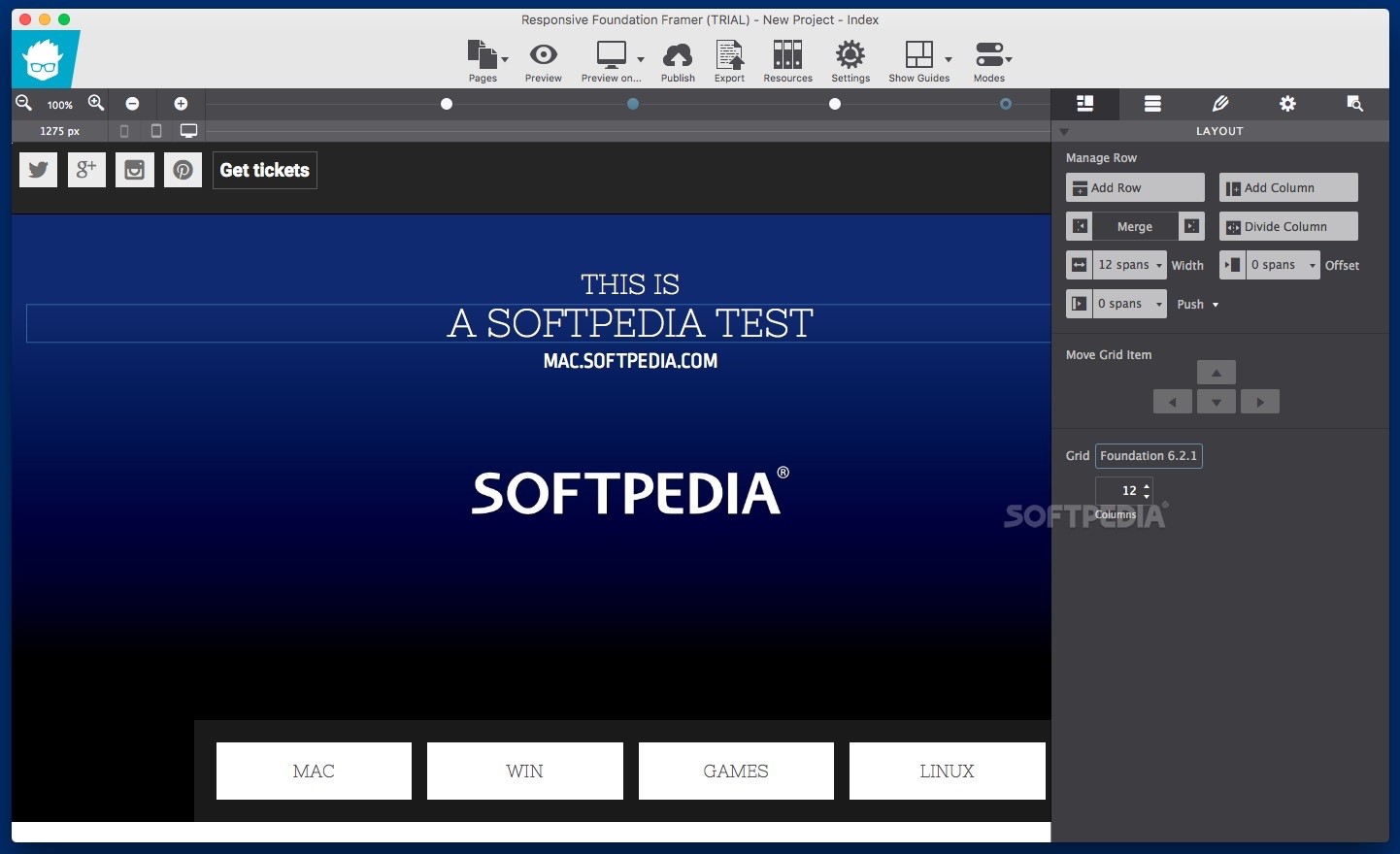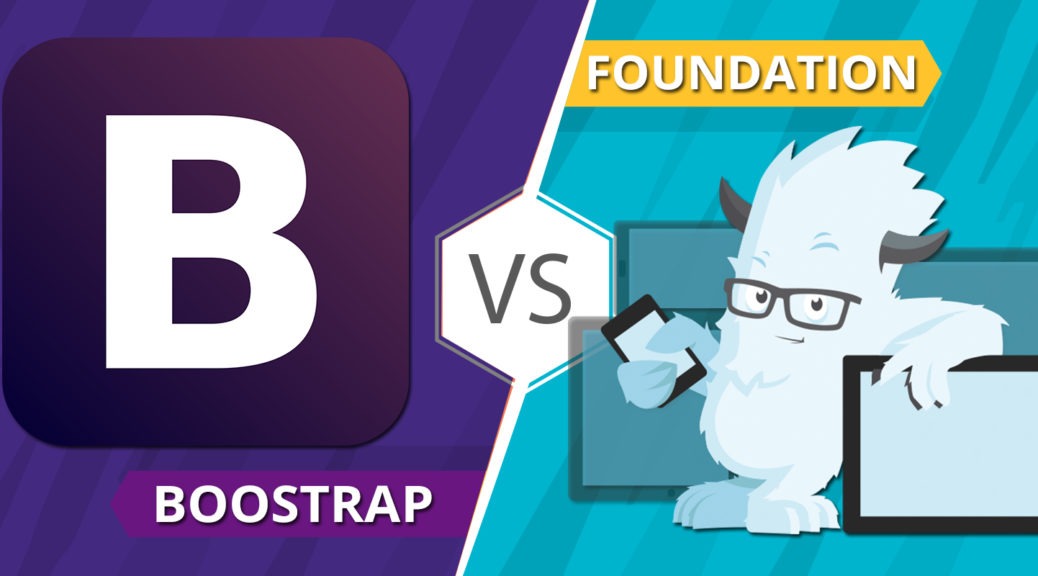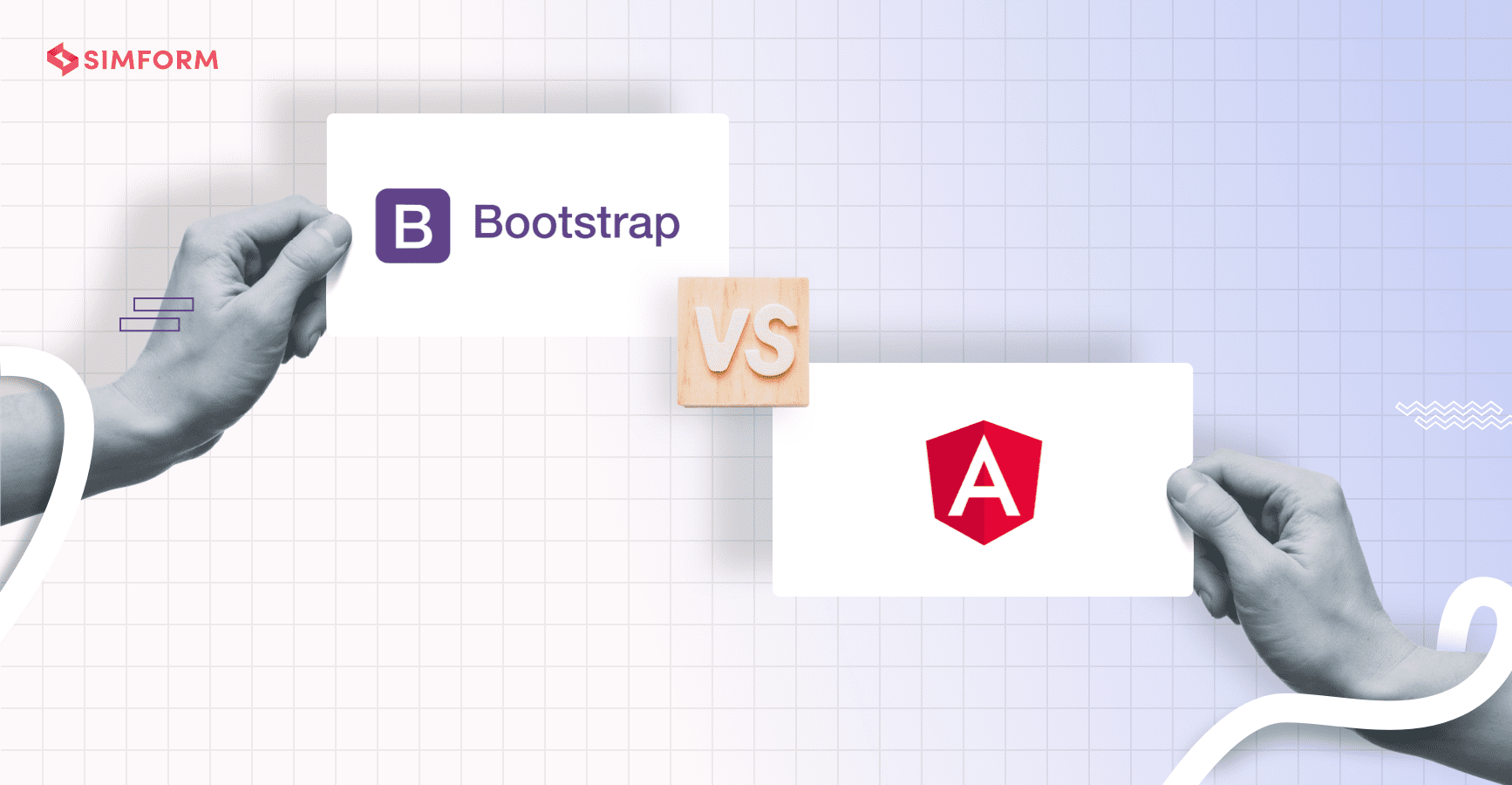
Since the beginning, the team worked with a mobile-first approach. ZURB uses Foundation for its clients now as well: the list includes names as popular as Coca Cola, Pixar, Barclays, Ford, and a whole bunch of others. In time, it grew into a framework which the team used internally at first and released to public later.

The very origin of Foundation lies in the rules of the ZURB style guide that the company followed since 2008. The structure of the framework is created using HTML, CSS, and JavaScript, and the framework itself runs in the browser without the need for any additional software. With a CSS pre-processor and/or a CSS framework, you can take your productivity (and your CSS style sheets) to a new level.Just like Bootstrap, Foundation is open-source: you can find all the files on GitHub.
FOUNDATION FRAMER VS BOOTSTRAP BUILDER CODE
And even if you prefer to use a code editor, you don’t have to write all the CSS code from scratch. You can use a visual website builder that generates it for you. If you want to give your HTML documents a different look, you have to do it with CSS code.īut here’s the thing that not everyone tells you: You don’t necessarily have to write this CSS code yourself. No, there is no alternative to Cascading Style Sheets (CSS). They provide a solid template to build upon, are open source, and are maintained by a vibrant community of contributors.ĭon’t miss: How Much CSS Is *Too Much* CSS? In Conclusion These CSS frameworks can shave hours, days, weeks, and even months off large projects, especially if you’re working in a team. Instead of coding all of your CSS rules from scratch, you’re building on top of a standardized and documented code base. Many of the world’s most popular websites are based on Bootstrap or Foundation-and for good reason. The two most popular are Bootstrap, which positions itself as an “HTML, CSS, and JS library” these days, and Foundation. Think of CSS frameworks as templates that you can build on and adapt to your project’s needs. Learn more: The Difference Between CSS and SCSS, Explained CSS FrameworksĪ CSS framework is a collection of ready-made CSS rules and UI elements that you can use to build better websites faster. Less, on the other hand, is written in JavaScript and has better documentation, especially for beginners.

Sass is written in Ruby and is generally the more powerful of the two. If you ever wished you could do more with CSS, you probably want to look into a language extension.īy far the two most popular CSS language extensions are Sass and Less. When it comes to styling HTML documents, CSS language extensions let you achieve more with less by adding new syntax and capabilities to the regular CSS specification.

One of those options is a CSS language extension. Now that we’ve covered the designer-friendly options, let’s spend a minute or two talking about the programmer-friendly options. Of course, visual website builders have their pros and cons-and each of them takes a while to learn-but they’re the best alternative to writing CSS if you want to build websites without writing code. Thanks to web-based design tools like Webflow, Framer, and Bubble, you can create responsive websites and even web applications in your browser in a visual way, without having to edit a single line of HTML markup or CSS style sheets.

FOUNDATION FRAMER VS BOOTSTRAP BUILDER INSTALL
Many years ago, these tools required you to install buggy software on your computer, and the websites you could create with them neither looked good nor had well-written (or should I say well-generated) code. The tool then generates a website with valid HTML markup and CSS stylesheets. Visual Website BuildersĪs the name suggests, a visual website builder is a tool that lets you design websites on a canvas instead of in a code editor. However, there are alternatives to having to write CSS code to design HTML documents-and those alternatives range from designer-friendly visual website builders to programmer-friendly CSS pre-processors and CSS frameworks. CSS is the only widely accepted stylesheet language, and the only one that’s supported by all web browsers. When it comes to styling HTML documents, there’s no real alternative to CSS stylesheets. Tell me if this sounds about right: you’re learning about web development and, for one reason or another, you’re wondering if there’s an alternative to Cascading Style Sheets (CSS) or not.


 0 kommentar(er)
0 kommentar(er)
